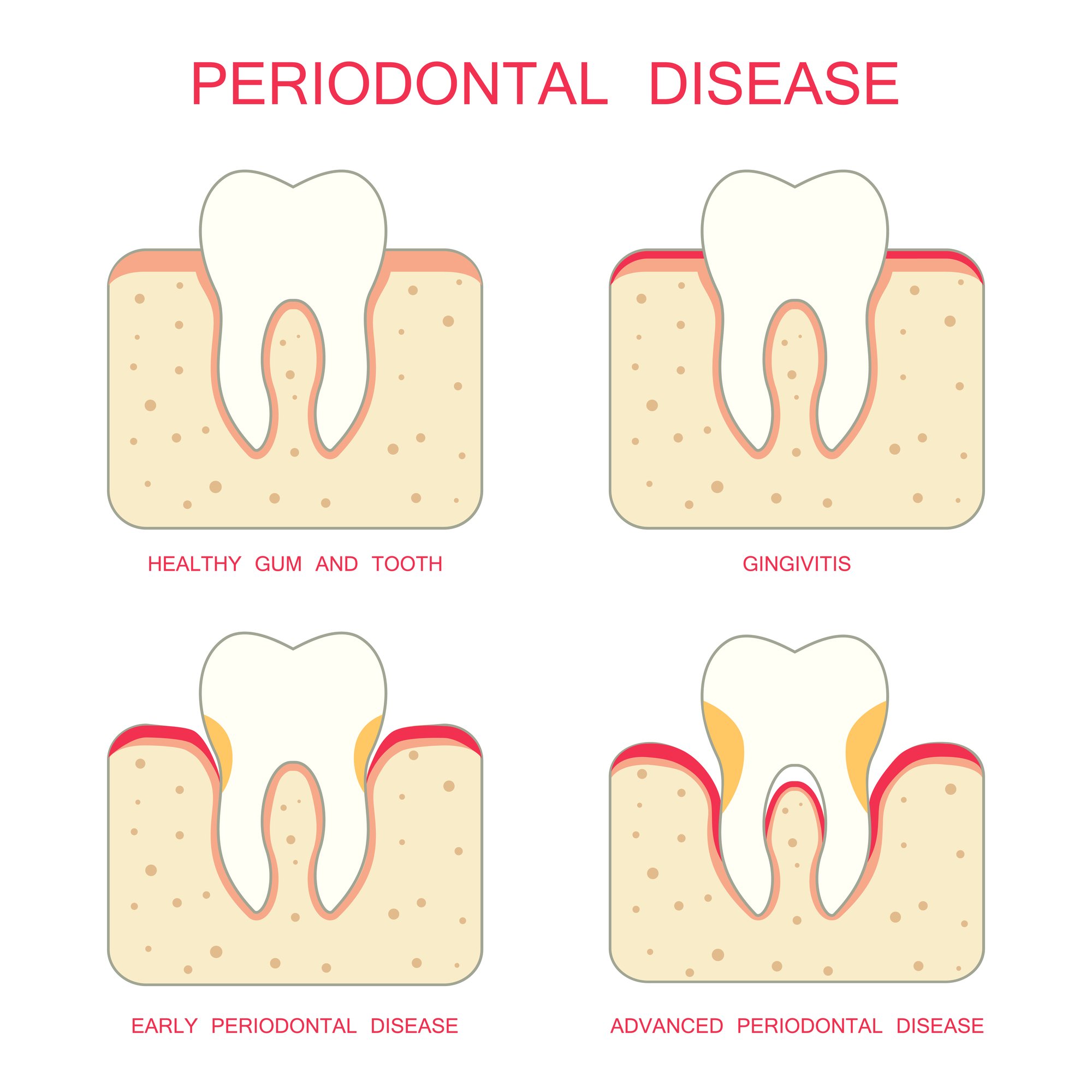
Although periodontal (gum) disease is largely preventable, it is highly prevalent. It often starts as swollen, bleeding gums but can develop into tooth loss as a worst-case scenario. Check out this treatment guide to keeping gums healthy.
1. Regular Preventive Care
A curious conundrum about gum disease is that it often goes unnoticed until it’s too late. Therefore, dental cleanings and exams every six months have become the foundation of periodontal disease prevention. Even though it is important to brush, floss, and rinse with a mouthwash, dental hygienists use specialized tools to clean the mouth thoroughly. If plaque hardens into gum disease-causing tartar, only a dental hygienist can remove it.
2. Invisalign®
Crowded or misaligned teeth can make it challenging for patients to clean their teeth properly. When the teeth are overcrowded, food and germs are more likely to become trapped between the teeth and along the gumline. Consider Invisalign if you want to straighten your teeth and maintain proper oral hygiene simultaneously. Studies support that patients who pick Invisalign over fixed oral appliances have healthier gums.
3. Scaling and Root Planing
As periodontal disease develops, the gums form spaces (or pockets) and drag the gum tissue away from the teeth. Over time, bacteria, plaque, tartar, and food particles fill these gum pockets, which causes them to deepen and become a breeding ground for bacteria and infection.
Scaling and root planing is a trusted method that dentists use to:
- Scaling: Remove plaque and tartar below the gumline
- Planing: Level out the tooth root (which helps the gums fasten to the tooth)
4. Laser Gum Contouring
Gingival hyperplasia (gum overgrowth) is a direct result of inflammation and transpires when the gum tissues react aggressively to irritants, such as plaque and tartar. While everyone has their preferences, many people prefer reducing the appearance of a “gummy smile.”
Traditionally, gum contouring involves scalpels and sutures. Thanks to contemporary technology, some practices offer laser gum contouring. With this safe, modern method, a laser gently removes excess gingival tissue and Immediately cauterizes the wound so that patients experience minimal bleeding and recovery time. Also, removing excess gum tissue has cosmetic and social advantages. The Journal of Periodontology published a study that suggests that people perceive others with less gummy smiles as more attractive, friendly, trustworthy, intelligent, and self-confident.
It’s necessary to note that after the gum tissue increases, gum recession often follows. When the gums recede, more intensive gum surgery is needed.
5. Prosthetic Dentistry and Dental Implants
If you have experienced tooth loss from gum disease, you’re not alone. Australian adults aged 15 years and older had an average of 4.4 teeth missing as a result of tooth decay and periodontal disease. Missing teeth may decrease quality of life, but there is a wide range of treatments that help fill the void:
- Prosthetic dental appliances: People have used dental crowns, bridges, and dentures to replace missing teeth for centuries. Today, dental prosthetics are natural-looking and functional.
- Dental implants: Dental implants are the next best thing to natural teeth for dental replacement. They act as a natural tooth root and are a secure, bone-saving, and aesthetically-pleasing option.
Our Coffs Harbor Dentist Helps Patients with Periodontal Disease
At Magic Smiles Dental and Implant Centre, our dedicated team offers several options to keep your gums as healthy as possible. Prevent periodontal disease by scheduling a dental appointment with us by calling (02) 5645 6376 or messaging us online right now.
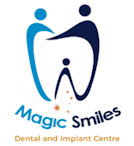
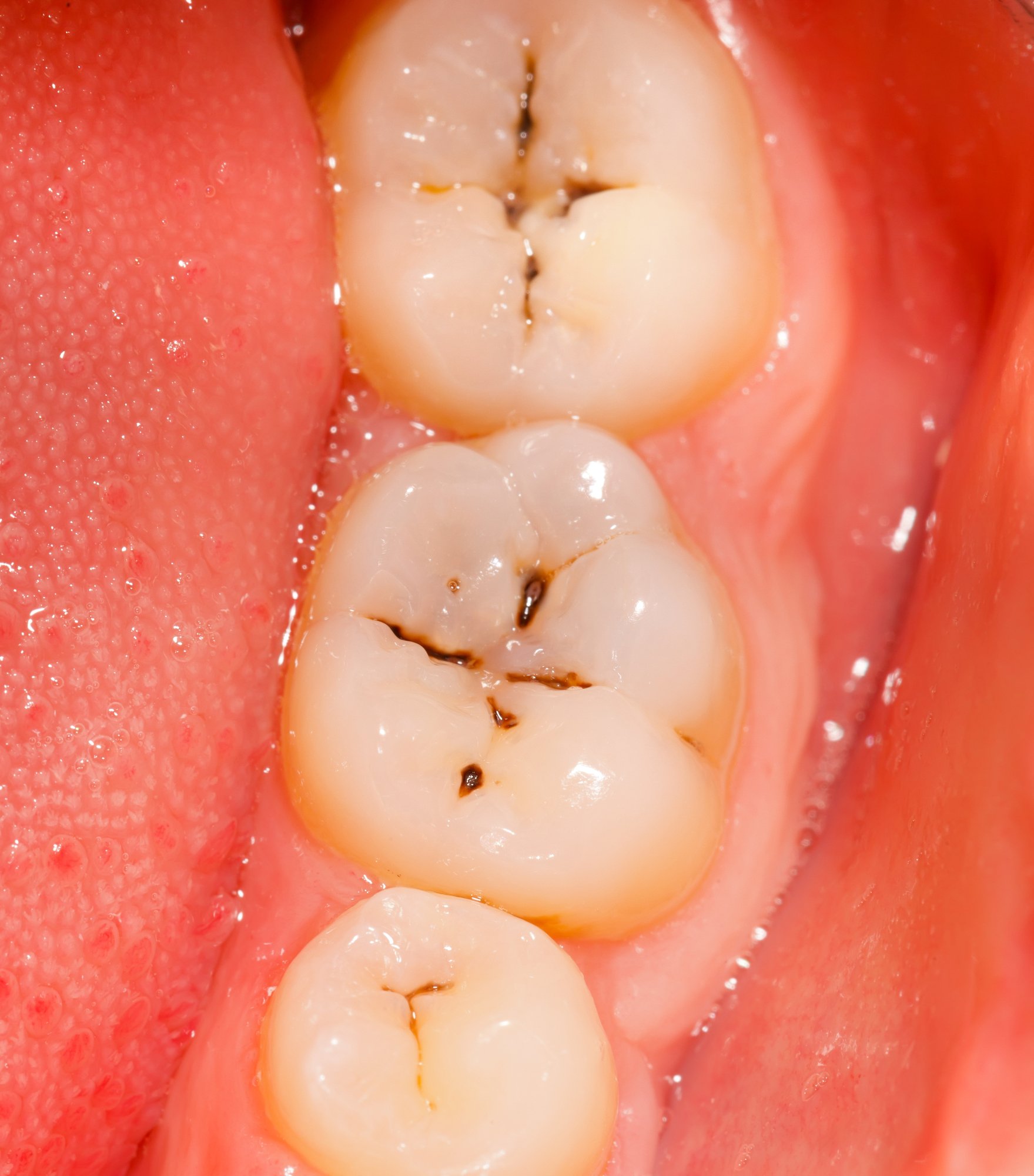
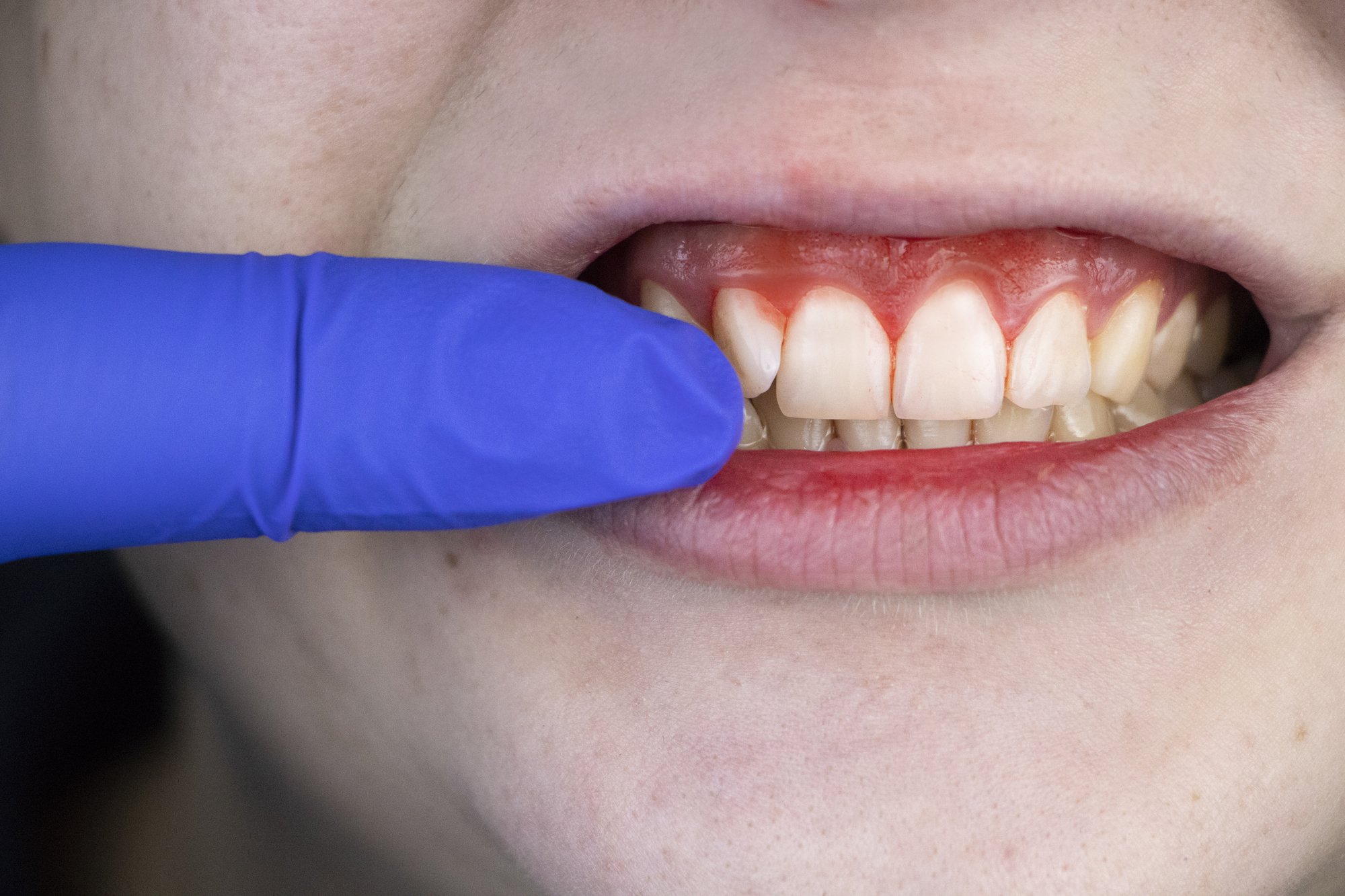


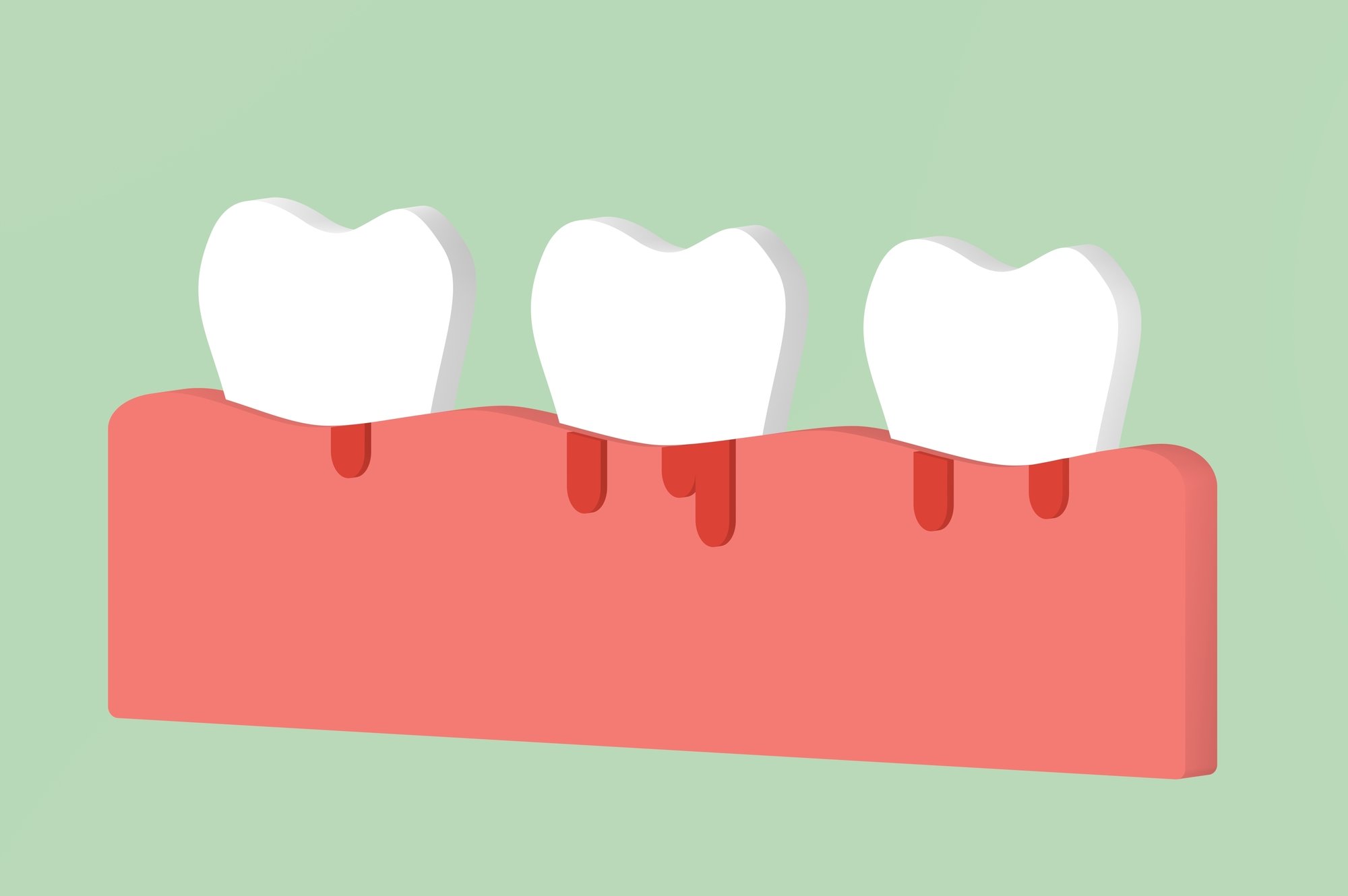


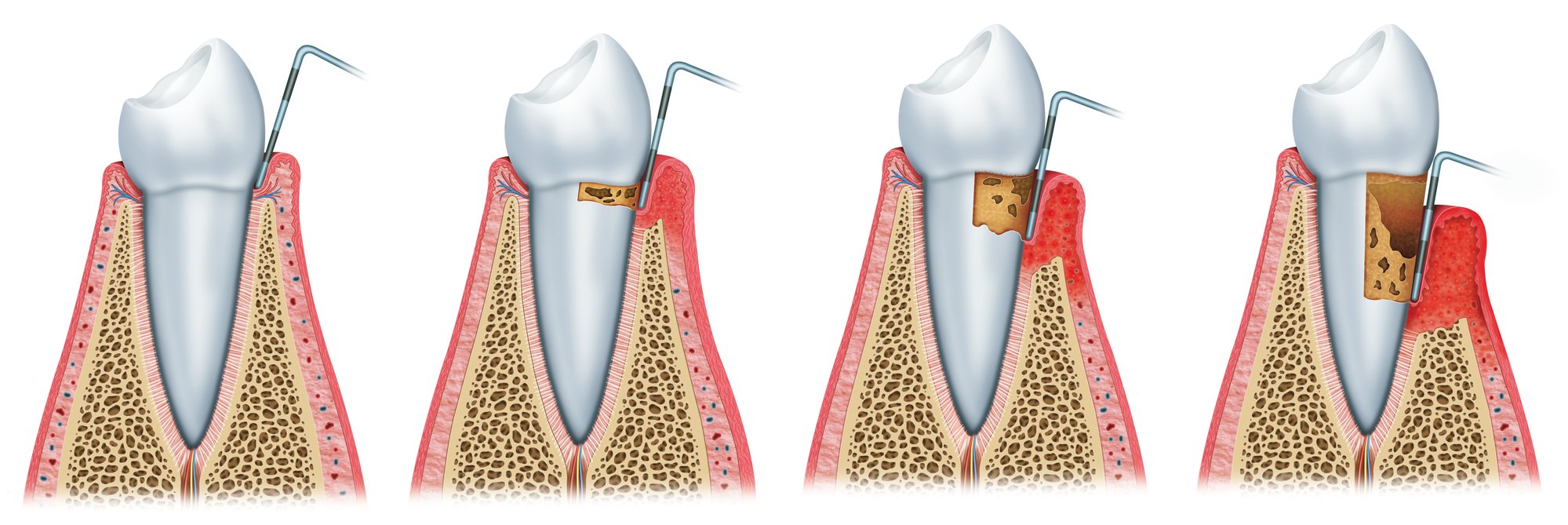



Recent Comments